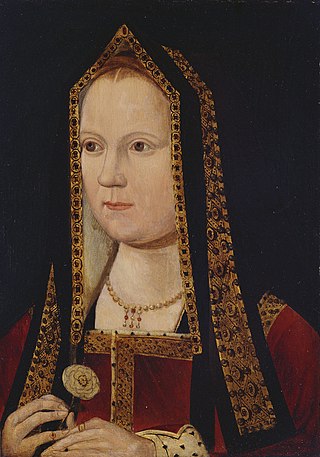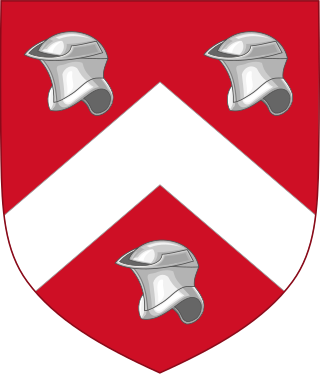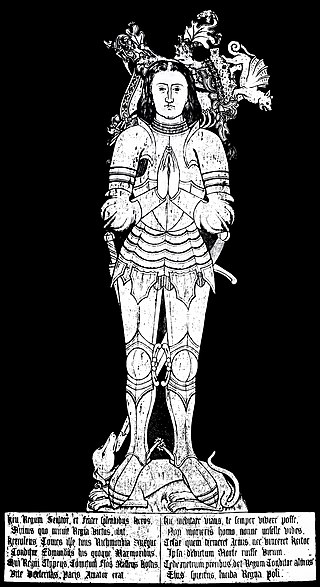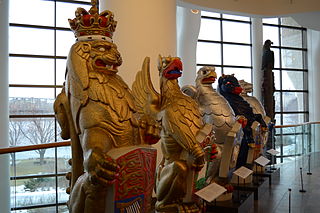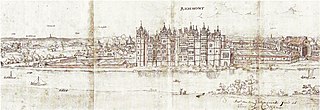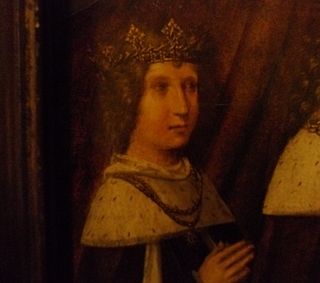History

The first mention of a house on the site is in 1272. There is also later recorded use by Lady Margaret Beaufort, her son Henry VII and her grandson Henry VIII. Woking Manor House was converted into a palace by Henry VII in 1503 and was subsequently remodelled by Henry VIII and Elizabeth I. The site comprises buried and exposed ruins of its old buildings on a cut and grazed water meadow.
It was held by numerous nominees of the Crown until 1466 when Lady Margaret Beaufort and her third husband (of four), Sir Henry Stafford obtained the Manor by royal grant. Depicted as the successful, unlikely kingmaker in The Red Queen by historian Philippa Gregory, she regularly figures at the Palace. She rose to prominence through astute marriages and through careful co-campaigning installed the Tudor dynasty. She then founded many educational and religious institutions, such as Christ's College, Cambridge and St John's College, Cambridge. Her son was Henry VII of England. Historians differ on whether her House of Lancaster forces, close alliances and efforts contributed more to her success than mistakes, betrayals and unpopularity of Richard III of England. [1] Her son's first parliament recognised for her a right to hold property independently from her husband, as if she were unmarried, exempting her from coverture. [2] Towards the end of her son's reign she was given a special commission to administer justice in the north of England. [3]

The palace was moated and can be separated into four parts: north east quadrant; the medieval barrel vault and the King's Hall, built by Henry VII in 1508, in the south east; the King's Garden on the south west; and the Copse to the north west, once the orchard. Woking Borough Council, as custodians, have built a protective roof over the barrel vault, installed a lockable door and carried out protective repairs to the remaining Tudor wall. The King's Garden was originally a formal kitchen garden but is now a rough meadow. The Copse contains two large linear fish ponds and a smaller round pond. The moat is on three sides whilst the River Wey enclosed the site on the fourth side.
Henry VIII often visited Woking Palace and throughout his reign it underwent regular maintenance as well as some alterations. Additions approved commissioned by him included a new wharf by the river Wey and two new bowling alleys. Maintenance works included the replacement of bridge planks, alterations to room partitions, plastering and painting, replacement of glass in windows, retiling of roofs and fireplaces, and, the installation of new windows.
King James and Edward Zouch
King James VI and I visited Woking in March 1606. While he was there, a false rumour spread in London that he had been assassinated with some of his courtiers by Catholic conspirators using poisoned knives or pistol shot. Whitehall Palace and the Tower of London were secured. [5] The king quickly returned to London unharmed and the church bells were rung at St Margaret's, Westminster. [6]
Sir Edward Zouch, the Knight Marshal, was made steward of Woking Manor or Palace and keeper of the park on 9 May 1609 by King James. [7] In June 1609 Simon Basil, the surveyor of the royal works, came to Woking to estimate costs for repairs to the manor, office houses, a wharf, and two bridges. The King's Lodging was already in good repair. Zouch asked Basil to estimate for cleaning out the moat and building a new bridge over the river at the front of the house. This would increase the privacy of the king's garden. [8] King James was a frequent visitor to Woking, often coming in the month of March. [9]
Zouch was granted the estate in 1620. He may well have allowed its buildings to be plundered to build a new mansion nearly a mile away, Hoe Bridge Place. Zouch was one of the proprietors of the Plymouth Colony in America and the North Virginia Company. He was first keeper of Woking Park, including the Palace, and in 1620 acquired it from a cash-strapped crown for a rent of £100 a year and the duty of serving the first dish to the king on a feast on St James's Day. [10]
When the King was at Oatlands Palace he often came for revels with Zouch playing the fool, singing bawdy songs and telling bawdy tales. He stayed with Zouch at the start of September 1624 and hunted towards Busbridge. He wrote to the Duke of Buckingham that he would stay longer, "so earnest I am to kill more of Zouch's great stags." [11] In 1631, not long before Zouch died, his tenants made a long list of grievances and exploitations. In his will he contributed to the maintenance of Old Woking Church, and requested that he was to be buried at night. [10]
By the reign of Charles II (1660–1685), the palace appears to have been abandoned and virtually ruined. [12]



